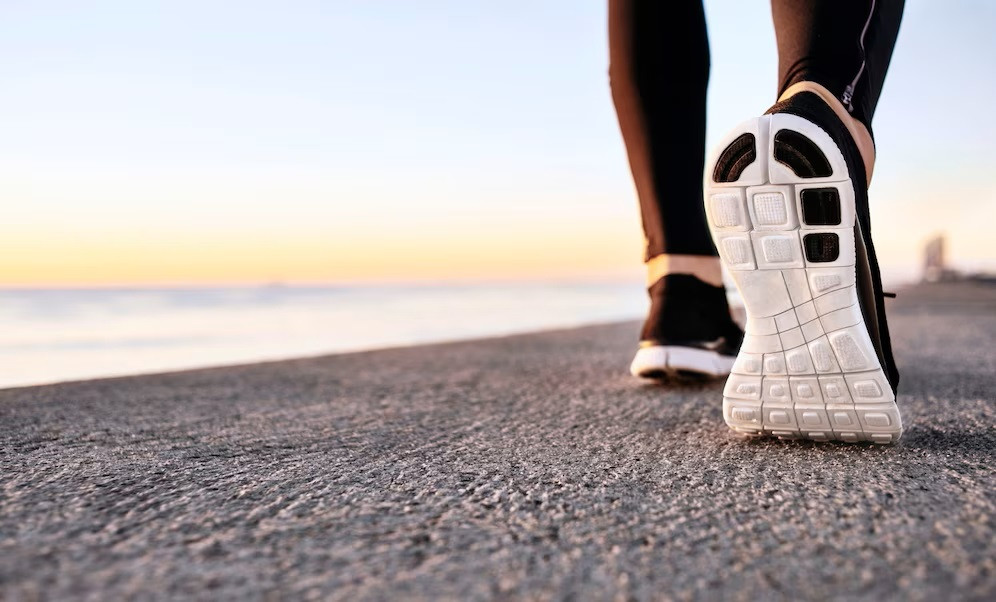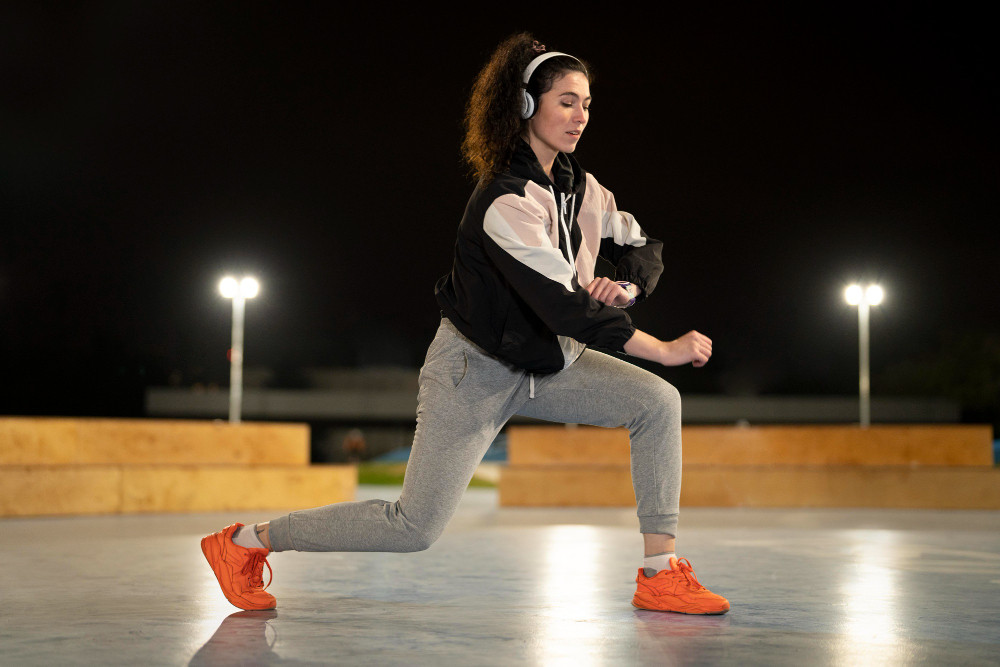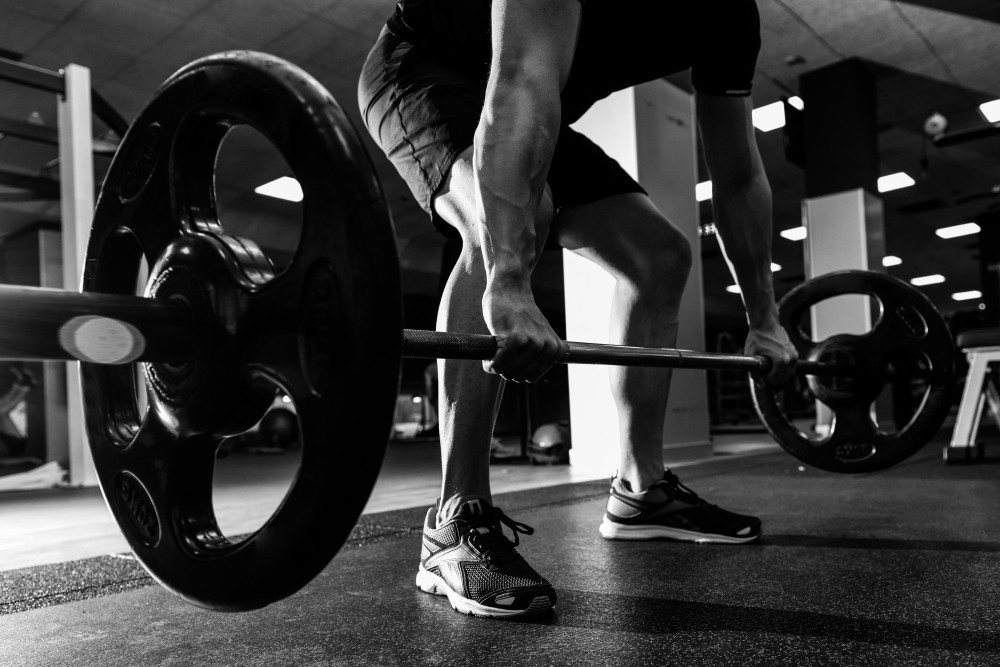Both brisk walking and running are cardiovascular exercises that are good for improving cardiovascular fitness and stamina and are effective at burning calories. You may be confused about which one to choose between these two physical activities. The truth is that whether it's brisk walking or running, the choice depends on your current fitness level and your health goals.
So, which is better running or brisk walking?
Health Benefits of Brisk Walking
Brisk walking is a moderate-intensity aerobic activity that provides many health benefits. Brisk walking is different from regular walking. Brisk walking has different speeds, intensities, and techniques.
Brisk walking involves faster foot movements that increase your heart rate, make you sweat, and burn more calories. The walking speed varies, with brisk walking speeds of 3 to 4.5 mph (miles per hour). The benefits of brisk walking such as:
- Reduces the risk of heart disease and diabetes
- Improves body fitness and stamina
- as it makes you feel more energetic and powerful throughout the day
- Helps burn calories and lose weight when accompanied by a healthy diet
- Easy to do without the need for special equipment
- Improves mood
- Helps strengthen muscles in the leg area
- The risk of injury from brisk walking is generally lower
To get the maximum benefit from brisk walking, it is recommended to walk briskly regularly for at least 30 minutes per day, five times a week.
Read More: Benefits of Walking Uphill (Incline Walking)
Is It True That Brisk Walking is Healthier Than Running?
Both brisk walking and running have health benefits. Running generally burns more calories than brisk walking in the same amount of time because it has a higher intensity.
In a study conducted on about 74,000 runners and 14,000 walkers, it was found that runners had a lower risk of arthritis (osteoarthritis) than walkers. However, runners have a greater risk of injury than walkers. About 80% of running injuries are repetitive injuries.
In addition, it's important to consider the comfort factor of having an ongoing exercise routine. If running is more difficult and uncomfortable for you, then you can choose brisk walking as a more accessible exercise option that can be done in the long run. Thus, both weight loss and weight management exercise goals can be achieved.
Read More: Running in the Morning or Evening: Which is Better for You?
You may also want to consider combination training. Start with brisk walking to build strength and stamina, then slowly switch to running as your body gets used to the higher intensity.
Also keep in mind that the key to weight loss is a combination of physical activity as well as a nutritionally balanced and calorie-controlled diet. So it is important to consult a doctor or nutritionist before starting a brisk walking or running program.
If you need medical advice or consultation, you can either visit a doctor or make use of the consultation features that are available in the Ai Care application by downloading the Ai Care application from the App Store or Play Store.
Looking for more tips and tricks for health, first aid, and other home remedies? Click Here!
- dr Hanifa Rahma
Lowri Daniels (2023). What are the benefits of brisk walking?. Available from: https://www.medicalnewstoday.com/articles/brisk-walking
WebMD (2021). The Difference Between Walking and Running. Available from: https://www.webmd.com/fitness-exercise/difference-between-walking-and-running
Jane Chertoff (2020). Which Is Better for Your Health: Walking or Running?. Available from: https://www.healthline.com/health/walking-vs-running
Christine Luff, ACE-CPT (2022). Running Advice for Overweight Runners. Available from: https://www.verywellfit.com/running-tips-for-overweight-runners-4142348












